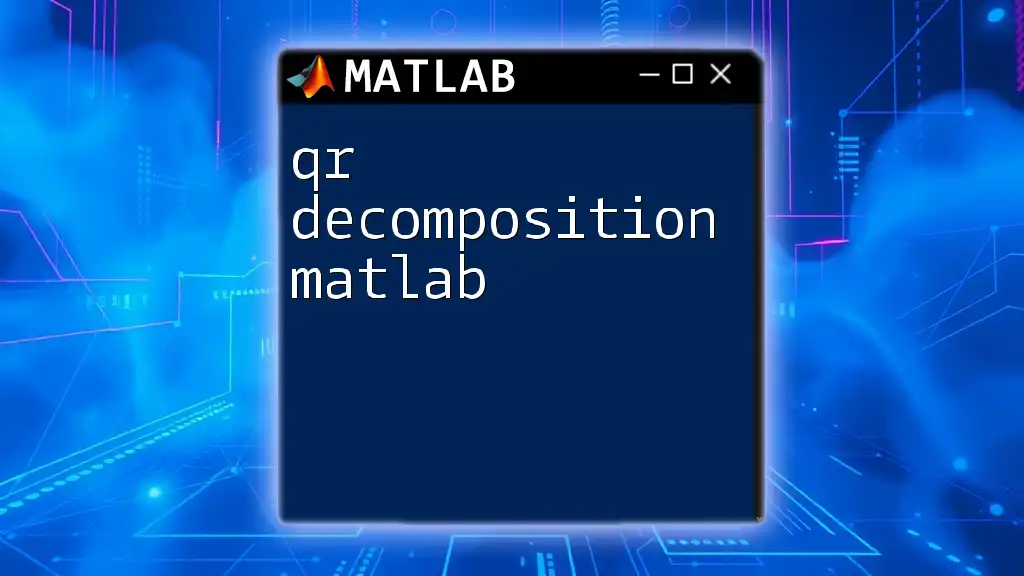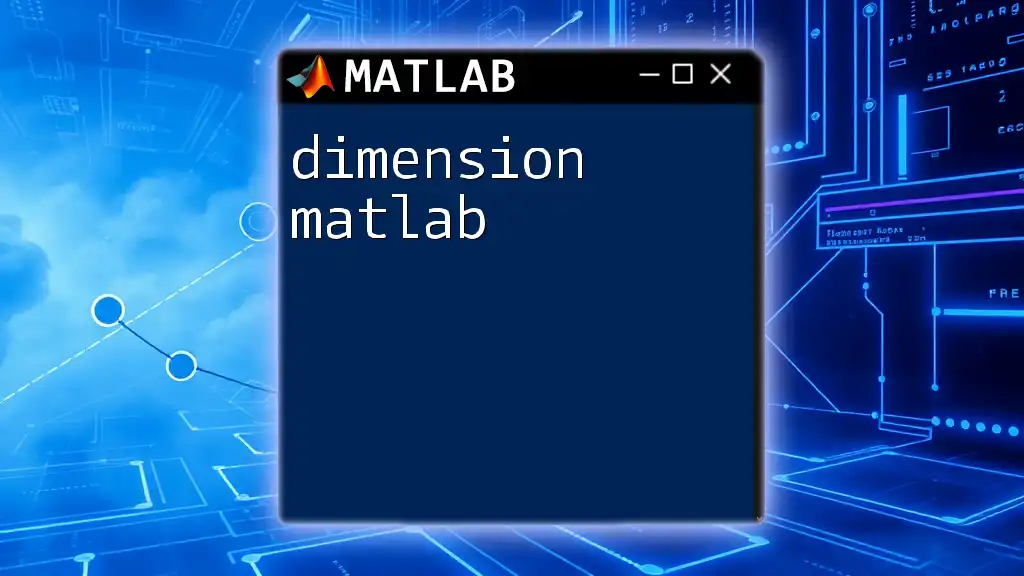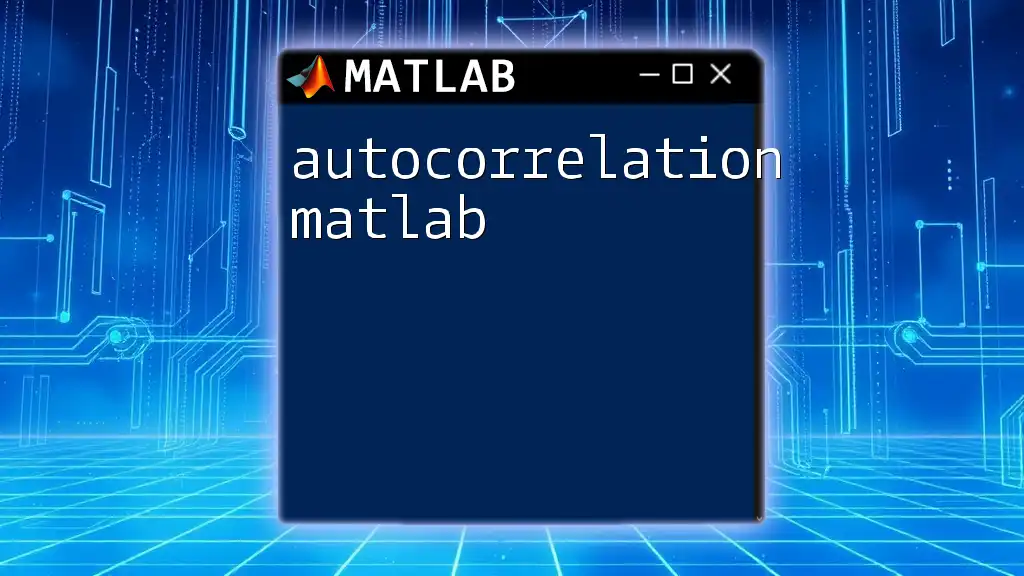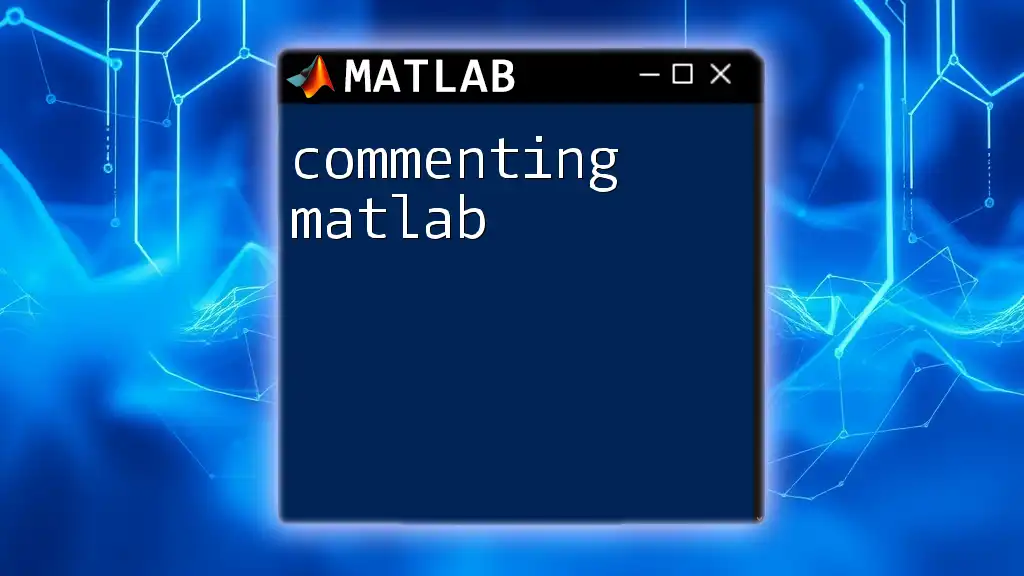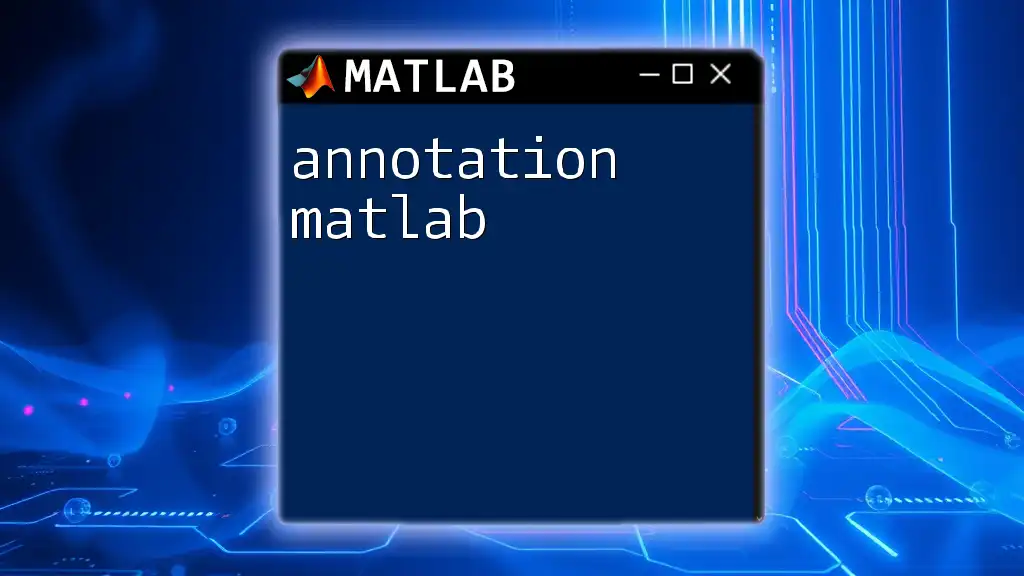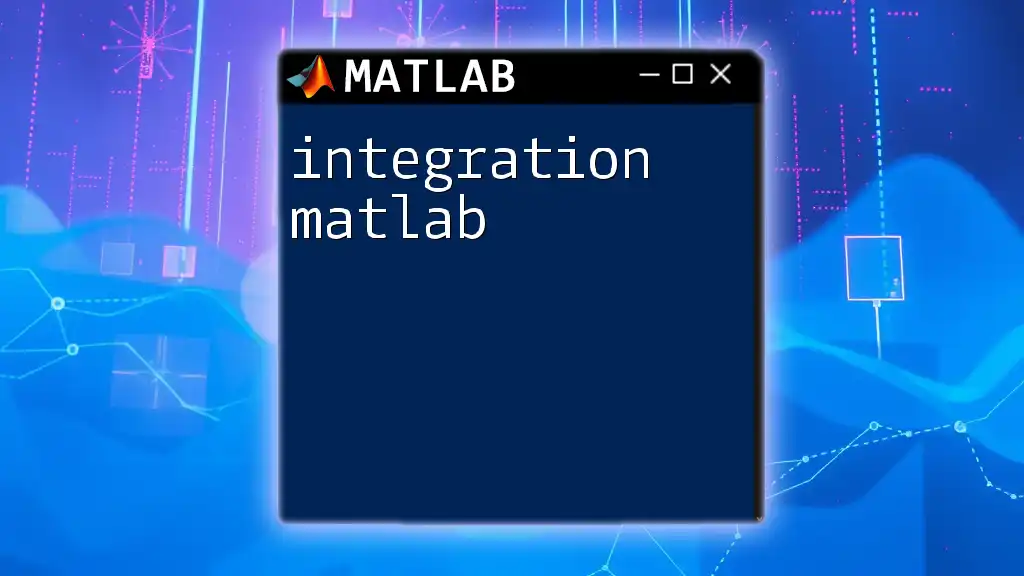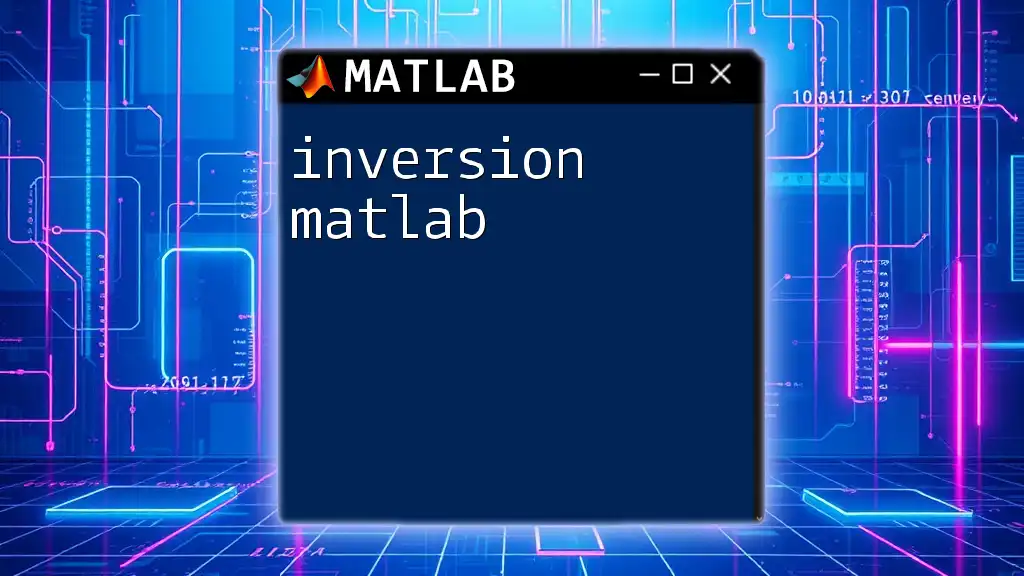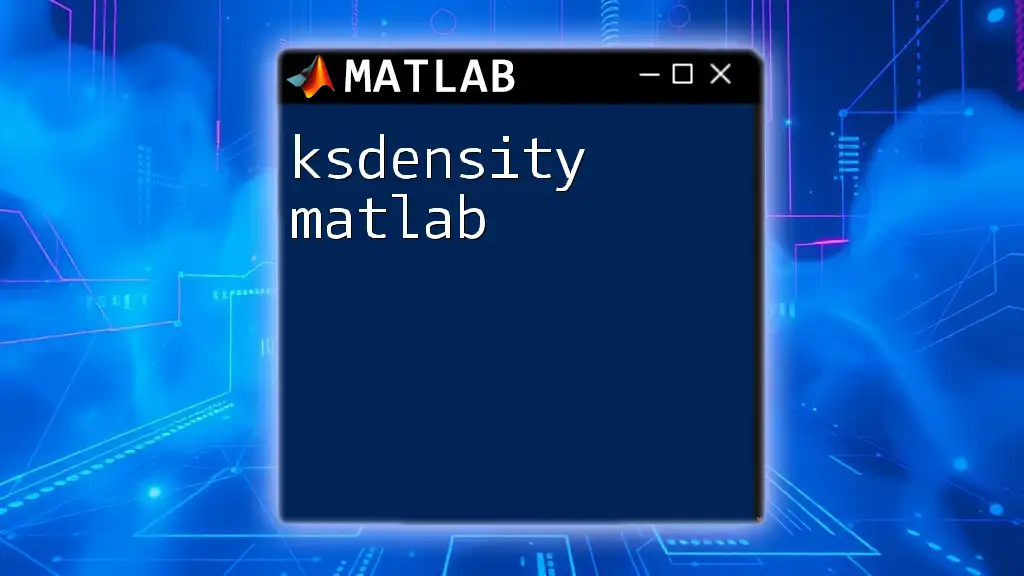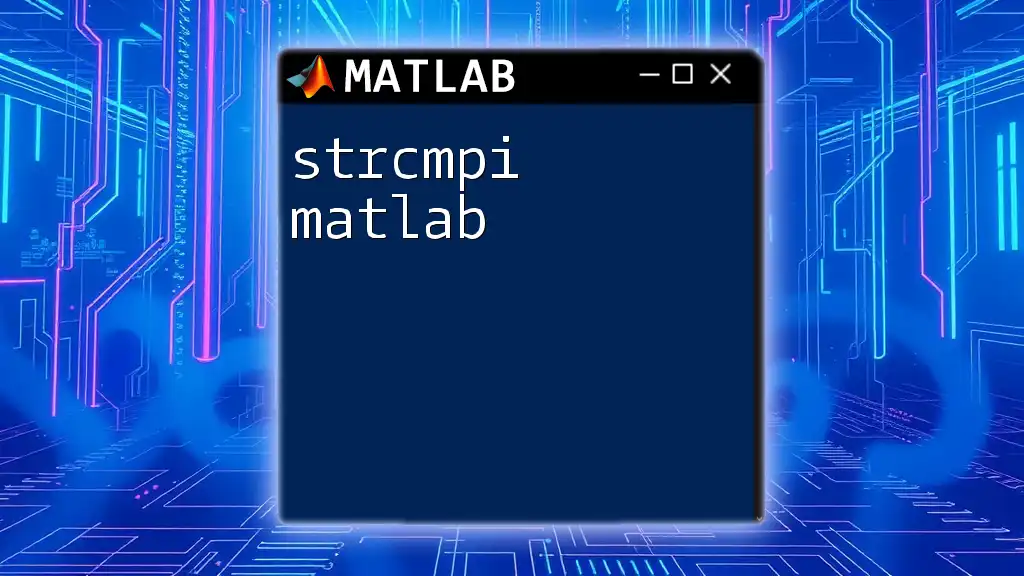QR decomposition in MATLAB is a method of decomposing a matrix into an orthogonal matrix \( Q \) and an upper triangular matrix \( R \), which can be easily computed using the `qr` function.
Here’s a code snippet to perform QR decomposition in MATLAB:
A = [12, -51, 4; 6, 167, -68; -4, 24, -41]; % Example matrix
[Q, R] = qr(A); % Perform QR decomposition
Understanding QR Decomposition
What is QR Decomposition?
QR decomposition is a mathematical technique used to factor a matrix into a product of two matrices, \( Q \) and \( R \). Here, \( Q \) is an orthogonal matrix, meaning its columns are orthogonal unit vectors, while \( R \) is an upper triangular matrix. This decomposition plays a significant role in numerical linear algebra, particularly for solving linear systems, least squares problems, and eigenvalue calculations.
The significance of QR decomposition lies in its numerical stability and efficiency in computations compared to other matrix factorization techniques. It simplifies many mathematical operations and is especially valuable for solving systems of equations where \( A \) can be decomposed to \( Q \) and \( R \).
Applications of QR Decomposition
Linear Regression
In linear regression, QR decomposition is utilized to solve the least squares problem efficiently. By decomposing the design matrix\[ A \] using QR decomposition, one can derive estimates of the regression coefficients more stably than with methods that directly compute the inverse. This is pivotal in scenarios where \( A \) is not square or is ill-conditioned, making traditional methods unreliable.
Eigenvalue Problems
QR decomposition aids in finding eigenvalues and eigenvectors of matrices, particularly when applied iteratively. The QR algorithm, which is built on this decomposition, is a popular numerical method used to compute the eigenvalues of a matrix, especially for larger matrices where direct computations become impractical.
Orthogonalization
The process of orthogonalization is essential in many mathematical applications. QR decomposition provides an effective way to obtain an orthonormal basis from a set of vectors through the Gram-Schmidt process, reducing errors that might accumulate due to round-off in other methods.
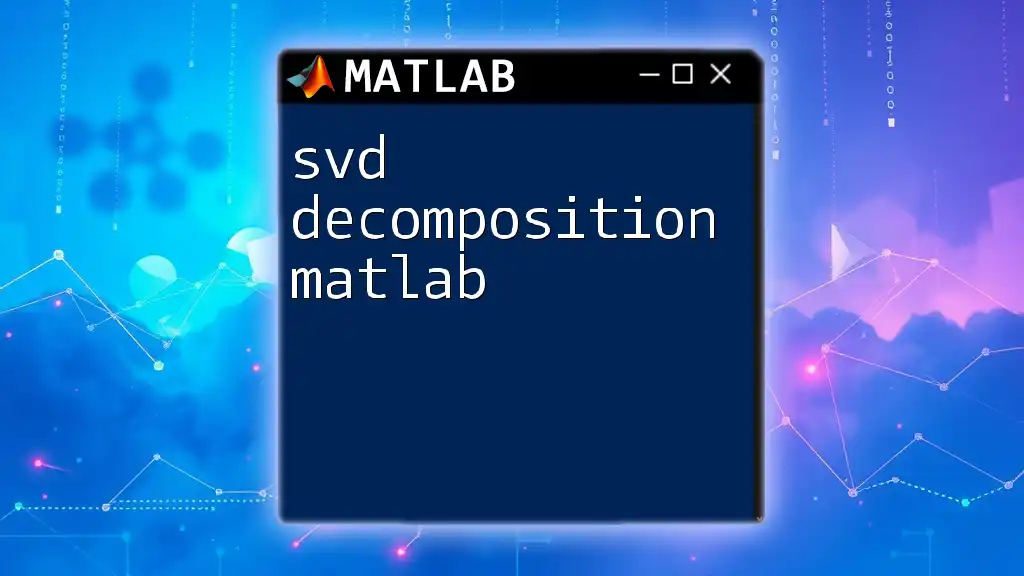
The Mathematics Behind QR Decomposition
Matrix Factorization
The matrix \( Q \) contains orthonormal vectors, which can be interpreted geometrically as vectors that are perpendicular to each other and have a unit length. The matrix \( R \) contains the coefficients used to express the original matrix in terms of the orthonormal basis provided by \( Q \). This relationship can be articulated mathematically as:
\[ A = Q \cdot R \]
where \( A \) is the original matrix.
How QR Decomposition Works
One common method to compute QR decomposition in practice is through the Gram-Schmidt process. This algorithm takes a set of linearly independent vectors and orthogonalizes them, ensuring that each vector is orthogonal to the previous ones.
Another set of methods includes Householder reflections and Givens rotations, which are particularly useful for handling numerical stability when dealing with large systems or matrices that are close to singular.

Implementing QR Decomposition in MATLAB
Setting Up MATLAB Environment
Before diving into implementing QR decomposition, ensure you have MATLAB installed. Whether you are using MATLAB on Windows, macOS, or Linux, it is straightforward to set up, and you can easily access online resources or documentation to aid you in getting started.
Basic Syntax of the QR Command
In MATLAB, QR decomposition is conveniently executed using the `qr()` function. This function outputs both \( Q \) and \( R \) matrices:
A = [1, 2; 3, 4; 5, 6];
[Q, R] = qr(A);
In this example, the matrix \( A \) is specified, followed by a call to the `qr()` function, which produces the orthogonal matrix \( Q \) and the upper triangular matrix \( R \).
Detailed Code Examples
Example 1: Simple QR Decomposition
Let’s consider a simple example to illustrate how QR decomposition works. We can use the following matrix:
A = [1, 2; 3, 1; 0, 4];
[Q, R] = qr(A);
disp('Q Matrix:');
disp(Q);
disp('R Matrix:');
disp(R);
In this code snippet, \( A \) is decomposed into \( Q \) and \( R \). After running the script, you will see the \( Q \) matrix consisting of orthonormal vectors and the \( R \) matrix as an upper triangular matrix.
Example 2: QR Decomposition with Full Output
You can also get a permutation matrix \( P \) as part of the output to handle potentially rank-deficient matrices. This can be executed as follows:
[Q, R, P] = qr(A);
Here, the permutation matrix \( P \) indicates which columns of \( A \) are used in creating \( Q \) and \( R \). This is particularly useful when working with non-square matrices or underdetermined systems.
Example 3: Solving Linear Systems using QR
QR decomposition can also be employed for solving systems of linear equations efficiently. For example, if you want to solve \( Ax = b \), decompose \( A \) and then solve stepwise:
b = [1; 2; 3];
x = R \ (Q' * b);
In this snippet, we first compute \( Q' \) (the transpose of \( Q \)), multiply it by the vector \( b \), and then solve the upper triangular system given by \( R \). This approach enhances numerical stability and can lead to more accurate solutions.
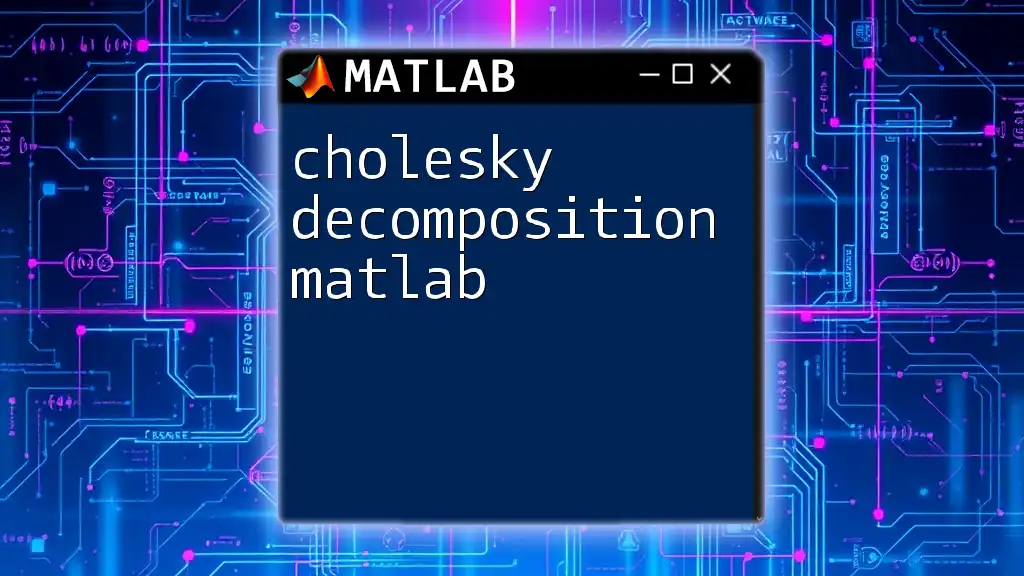
Optimization Techniques
Improving Performance in MATLAB
To optimize the use of the `qr()` function in MATLAB, ensure you leverage its built-in capabilities effectively. For large matrices, working with sparse matrices where applicable can significantly reduce computation time and memory usage. MATLAB is designed to handle large datasets efficiently, but utilizing algorithms that are known to be computationally efficient always pays off.
Memory Management Strategies
When dealing with larger matrices with QR decomposition, managing memory becomes crucial. It can be beneficial to preallocate matrices where possible and avoid unnecessary copies of large matrices. An awareness of MATLAB's memory management and execution can help in handling larger datasets more effectively.

Conclusion
Recap of Key Points
In summary, QR decomposition in MATLAB is a powerful tool for matrix factorization, enabling effective solutions to a wide range of problems in numerical linear algebra. The techniques discussed allow you to perform computations stably and efficiently.
Final Thoughts
Experimenting with various matrix sizes and structures within MATLAB will deepen your understanding of QR decomposition and its practical applications in real-world problems. By mastering this technique, you will automatically enhance your ability to handle complex computations with ease.

Additional Resources
Further Reading
Explore textbooks focused on numerical methods, particularly those covering linear algebra and matrix computations, to deepen your knowledge of QR decomposition and its applications.
Online Communities and Support
Join online forums and communities such as MATLAB Central or Stack Overflow, where you can seek assistance, share insights, and engage with fellow MATLAB users.

FAQs
Common Questions about QR Decomposition
-
What is the difference between \( Q \) and \( R \) matrices?
\( Q \) is orthogonal and consists of unit-length vectors, while \( R \) is upper triangular containing the coefficients of the transformation. -
How does QR decomposition enhance numerical stability?
By avoiding direct matrix inversion and utilizing orthogonalization, QR decomposition reduces the accumulated numerical error, providing more stable solutions in computations.
Delve into the world of QR decomposition in MATLAB, and unlock powerful numerical techniques that will enhance your mathematical prowess!

